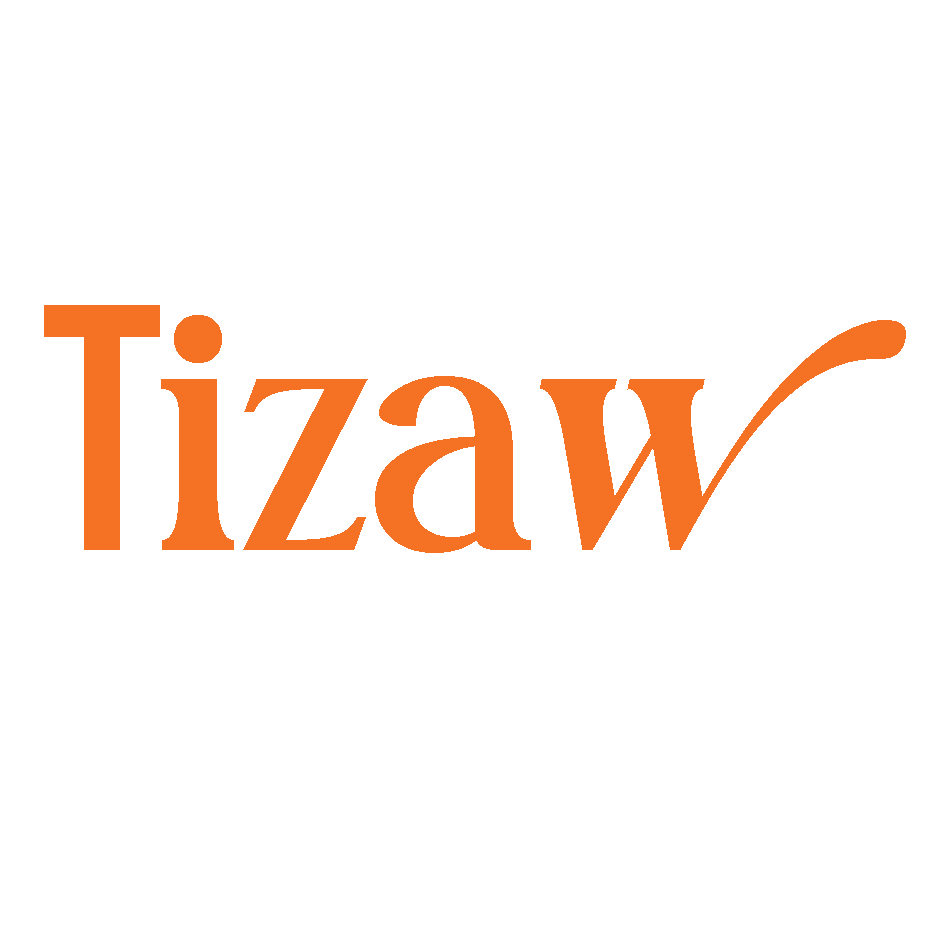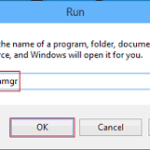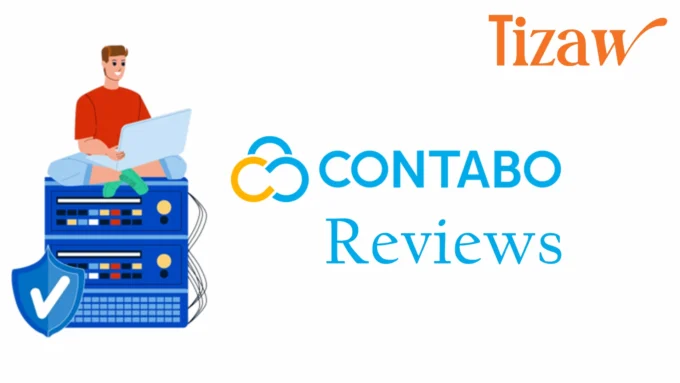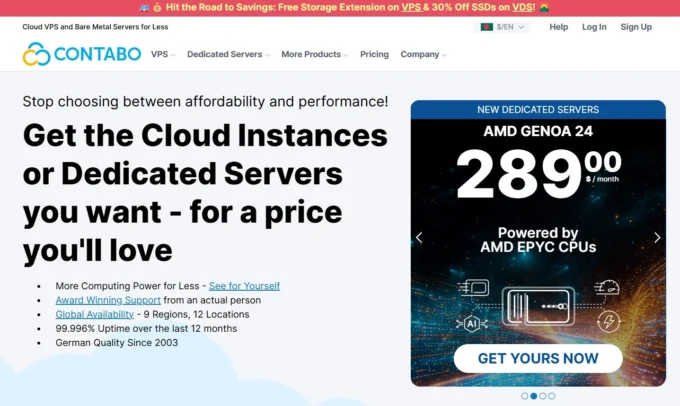If you want to use your website to help you book more appointments, consultations, or even paid coaching calls, you’re in the right place. In this comprehensive guide, we’ll show you how to use the free online meeting scheduler, Calendly, step by step. Calendly is a powerful tool that simplifies the scheduling process, making it easy to manage your calendar and avoid double bookings. By the end of this tutorial, you’ll know how to set up your account, configure events, sync with your online calendar, customize your scheduler, and even charge for consultations. Let’s dive in and get you set up to take all those new bookings!
Getting Started with Calendly
Table of Contents
ToggleNow, I am starting my Calendly journey by opening my account. Let’s start.
Create Your Calendly Account
First things first, let’s get you signed up. Visit the Calendly homepage and click on the sign-up button. You can sign up using your Google account, which is highly recommended for seamless calendar integration.
- Sign Up: Enter your Gmail address and follow the prompts to sign up with Google.
- Permissions: Allow Calendly to access your Google account. This access is necessary for syncing your calendar and ensuring you never get double booked.
Once you’ve completed these steps, you’re ready to start setting up your scheduling tool.

Exploring Calendly's Pricing Plans
Before diving deeper, let’s understand what we get with each pricing plan to choose the one that fits our needs.
Calendly offers several pricing plans, including a free plan that is suitable for most users. Here’s a quick overview:
- Free Plan: Includes one calendar connection per person, one active event type, and basic color customization.
- Professional Plan: Costs $12 per month and includes additional features such as payment collection and advanced color customization.
- Team Plan: Costs $16 per month and is ideal for teams with multiple users and shared calendars.
For this tutorial, we’ll focus on the free plan, which provides all the essential features you need to get started.
Setting Up Your Event
Next, let’s create and customize an event that people can book. This could be a consultation, a coaching call, or any other type of appointment.
Creating an Event Type
Think about the first event you’d like people to schedule with you. Ready? Let’s create it together.
- Add New Event: Click on “Add New Event” and choose the event type. For one-on-one meetings, select the “One-on-One” option.
- Event Name: Give your event a name, such as “Free Consultation”.
- Location: Choose the location for the meeting. This could be a phone call, Google Meet, Zoom, or any other platform you prefer. If you’re using Zoom, you’ll need to integrate it with Calendly.
Customizing Your Event
Customization is key to ensuring your event fits your schedule and preferences. Let’s make it yours.
- Availability: Set the days and times you’re available for meetings. You can create specific time blocks for different days. For example, you might want to be available from 9 AM to 1 PM on Tuesdays and Thursdays.
- Buffer Times: Add buffer times before and after your meetings to avoid back-to-back appointments and give yourself some breathing room.
- Duration: Set the duration of your event. A 30-minute consultation is a common choice for introductory calls.
- Time Zone: Make sure your time zone is set correctly to avoid any scheduling confusion.
Setting Up Your Custom Link
Creating a custom link makes it easy for your clients to find and book your event. Ready to make it personal?
- Custom Link: Create a memorable custom link, such as “calendly.com/yourname/free-consultation”.
- Embed Options: Decide whether you want to embed the scheduling tool directly on your website or use a simple link to Calendly’s booking page.
Syncing with Your Calendar
Syncing Calendly with your online calendar ensures you never miss an appointment. Let’s get that set up.
Connecting Your Online Calendar
One of Calendly’s most powerful features is its ability to sync with your online calendar, preventing double bookings and ensuring you’re always aware of your upcoming appointments.
- Calendar Connection: Connect your Google Calendar, Outlook, or any other supported calendar.
- Conflict Management: Calendly will automatically check your calendar for conflicts and block off times when you’re unavailable.
- Automatic Updates: When someone schedules an appointment, Calendly will automatically add it to your calendar.
Customizing Availability
Now let’s fine-tune your availability to perfectly match your schedule.
- Working Hours: Set your default working hours, such as 9 AM to 5 PM, Monday through Friday.
- Custom Hours: Create custom hours for specific days or weeks, such as blocking off time for lunch breaks or setting different hours for different days.
Branding Your Scheduler
Branding your scheduler with your own colors helps maintain a consistent look and feel across your website and scheduling tool.
Customizing Colors
Let’s make sure your Calendly scheduler matches your brand perfectly.
- Color Customization: On the free plan, you have a limited selection of colors to choose from. Pick a color that matches your brand and stands out on your website.
- Professional Plan: If you need more control over color customization, consider upgrading to the Professional plan.
Embedding Calendly on Your Website
Embedding Calendly on your website makes it easy for clients to schedule appointments without leaving your site.
- Embed Options: Choose between different embed options, such as an inline embed, a pop-up widget, or a text link.
- Copy Code: Copy the embed code provided by Calendly.
- Add to Website: Paste the code into your website’s HTML. For WordPress users, you can use a plugin like Header Footer Code Manager to easily add the code to your site.
Collecting Payments
If you offer paid consultations or coaching calls, let’s set up payment collection so you can get paid directly through Calendly.
Setting Up Payment Collection
Upgrade to the Professional plan to start collecting payments for your appointments.
- Upgrade to Professional: Go to the billing section of your Calendly account and upgrade to the Professional plan.
- Integrations: Connect your PayPal or Stripe account to Calendly. Follow the prompts to complete the integration.
- Payment Settings: Set the price for your paid consultations and specify your payment terms, such as no refunds or cancellation policies.
Creating a Paid Event
Let’s create an event type that allows you to collect payments directly.
- Add New Event: Create a new event type, such as “Paid Coaching Call”.
- Set Price: Specify the price for the event and any additional terms.
- Save and Embed: Save the event and embed it on your website or share the booking link with your clients.
Managing Bookings and Notifications
Efficiently managing bookings and sending reminders can drastically reduce no-shows and improve your overall experience.
Invitee Questions
Ask the right questions to gather all the necessary information before the meeting.
- Basic Information: By default, Calendly collects the invitee’s name and email address.
- Additional Questions: Add custom questions to gather more information, such as “What is your estimated budget?” or “What are your main goals for this meeting?”.
- Required Fields: Make sure any important questions are marked as required.
Email and Text Reminders
Automated reminders help reduce no-shows and keep your clients informed.
- Email Reminders: Turn on email reminders and customize the message to match your brand. You can set reminders to be sent 24 hours and 1 hour before the meeting.
- Text Reminders: Enable text reminders, which require the invitee to consent during the booking process. Customize the text message to include important details and reminders.
Cancellation Policy
Set a clear cancellation policy to ensure your clients know what to do if they need to reschedule or cancel their appointment.
- Cancellation Policy: Write a clear cancellation policy, such as requiring rescheduling or cancellations to be made at least 24 hours in advance.
- Include Links: Make sure to include links to cancel or reschedule in your email reminders to make it easy for clients to update their appointments.
Advanced Features and Tips
Calendly offers several advanced features that can enhance your scheduling experience. Let’s explore some of them.
Group Events
If you need to schedule group events, such as webinars or workshops, Calendly offers options for that as well.
- Group Event Type: Create a new event type and select “Group”.
- Capacity: Set the maximum number of attendees for the event.
- Availability: Specify the available times for the group event and customize the invitee questions and reminders.
Secret Events
If you want to create an event that is only accessible to certain people, you can make it a secret event.
- Secret Event: When creating an event, check the “Secret Event” box.
- Share Link: Only people with the direct link will be able to see and book the event.
Using Multiple Calendars
If you have multiple calendars, such as personal and business calendars, you can connect them all to Calendly to ensure comprehensive availability checks.
- Add Calendars: Go to your Calendly settings and add additional calendars.
- Sync Settings: Configure how Calendly checks for availability across all connected calendars.
Integrations
Calendly integrates with various tools to enhance your scheduling experience.
- CRM Integrations: Connect Calendly with your CRM, such as Salesforce or HubSpot, to automatically create new contacts and update existing ones.
- Video Conferencing: Integrate with video conferencing tools like Zoom, Google Meet, or Microsoft Teams to automatically generate meeting links.
Advanced Scheduling Rules
Calendly offers advanced scheduling rules to give you more control over your availability and booking process.
- Incremental Start Times: Set the available start times in increments of 10, 15, 30 minutes, or more.
- Minimum Scheduling Notice: Prevent last-minute bookings by setting a minimum scheduling notice, such as 24 hours in advance.
- Daily Limits: Limit the number of appointments per day to avoid burnout.
Analytics and Reporting
Use Calendly’s analytics and reporting features to track your scheduling activity and optimize your availability.
- Dashboard: View your scheduling activity, including the number of bookings, cancellations, and no-shows.
- Reports: Generate reports to analyze your scheduling trends and identify areas for improvement.
Calendly is a versatile and powerful tool that can streamline your scheduling process, reduce no-shows, and help you manage your time more effectively. By following this step-by-step guide, you'll be able to set up your Calendly account, customize your events, sync with your calendar, embed the scheduler on your website, and even collect payments for consultations. Whether you're a solo entrepreneur, a coach, or part of a larger team, Calendly can help you book more appointments and grow your business. Start using Calendly today and experience the difference it can make in your scheduling and productivity.











Leave a comment